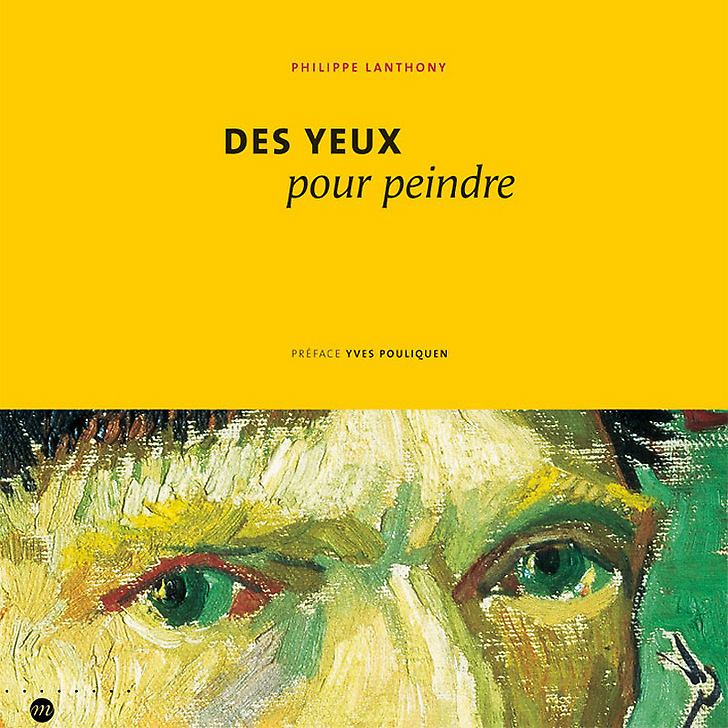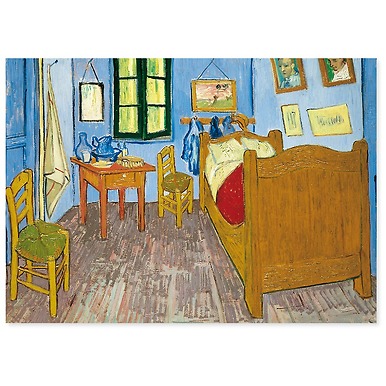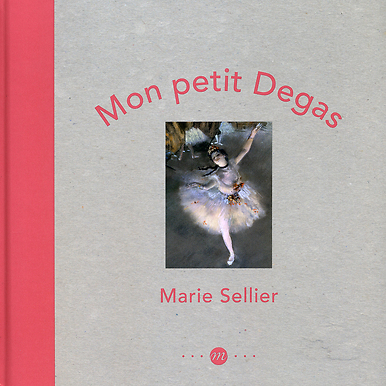Des yeux pour peindre
GA105099
How does the knowledge of the eye and its mechanism help to understand painting?
Reciprocally, how does painting contribute to the understanding of vision?
How does the painter transpose what he sees, in his eye, onto the canvas?
These are the questions addressed in this book.
Our eyes don't give us...
Read more
How does the knowledge of the eye and its mechanism help to understand painting?
Reciprocally, how does painting contribute to the understanding of vision?
How does the painter transpose what he sees, in his eye, onto the canvas?
These are the questions addressed in this book.
Our eyes don't give us a truthful picture of the physical world in which we are living.
Figurative painting gives a unique contribution to understand this: the picture the painter sets on the canvas is no physical equivalent as a photographical picture would be, nor a pure mental creation as a non-figurative painting; it is subjective. The false seems real, and when the painter represents the moon that is much to big, it corresponds to the way we see it in the sky, whereas photographic reality is completely different.
Reality is a hypothesis, said Raoul Dufy.
The ophthalmologist looks at the paintings in a medical way and can thereby find pathological cases.
On the one hand, the painted characters' eyes may reveal anomalies, according to their representation.
On the other hand, pictorial "malvision", that is the visual deficiency that influences the artist's painting, is a fascinating aspect of the subject.
The sight disorders and photophobia that affected Degas thus explain his predilection for indoor subjects with close-up models.
The same way, at the end of his life, Monet went from using warm colours to using cold colours after undergoing an operation on his cataract.
Contents
1 - Painting snow
2 - Painting shadows
3 - Painting contrasts
4 - Painting mirrors
5 - Painting the Moon
6 - Painting entoptics
7 - Painting eyes
8 - Painting texture
9 - Colour-blindness
10 - Charles Meryon
11 - Degas' "malvision"
12 - Monet's cataract
This book received the Marmottan Prize in 2008.
Close
Login to see prices
Sold by GrandPalaisRmn




